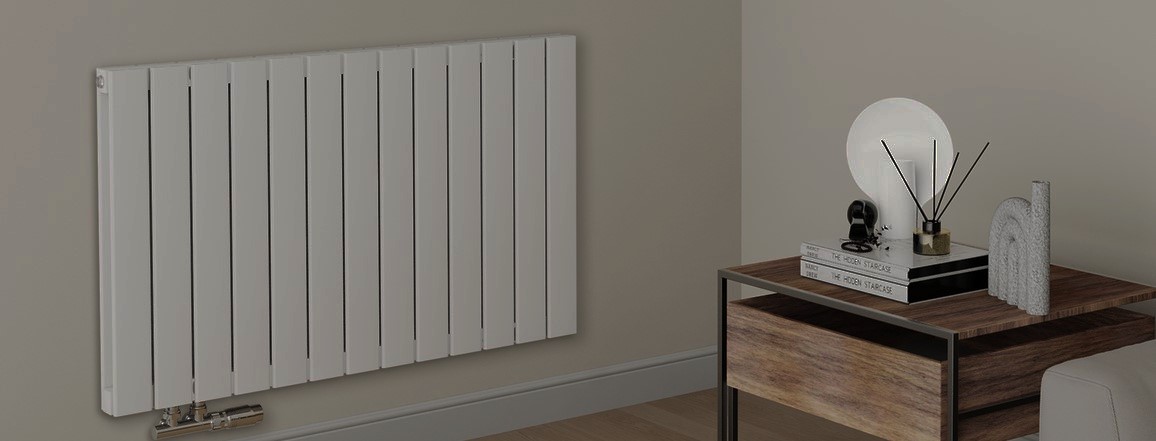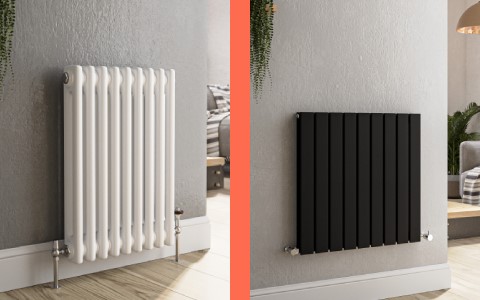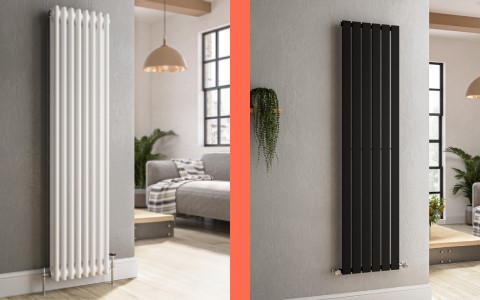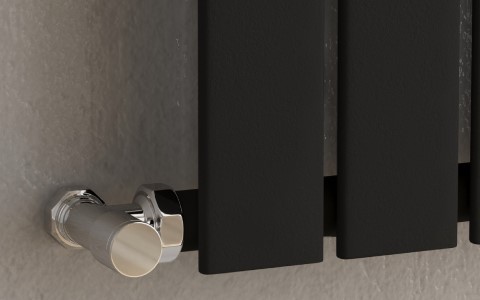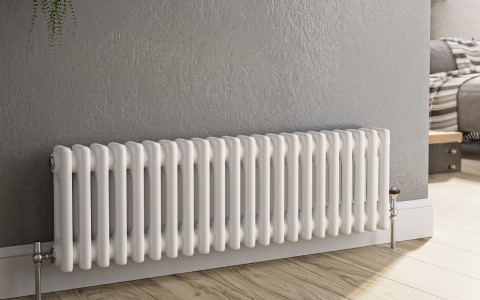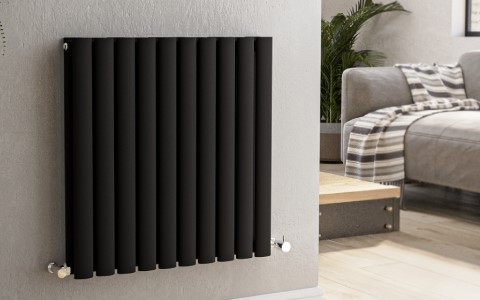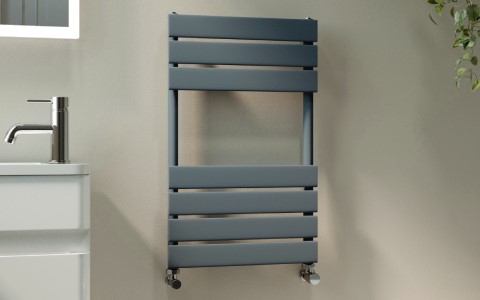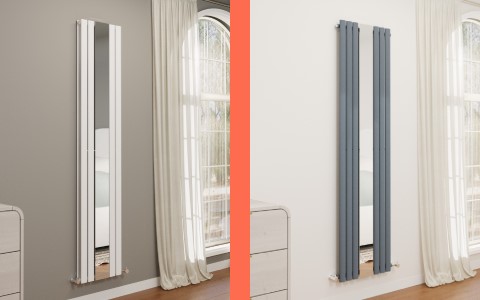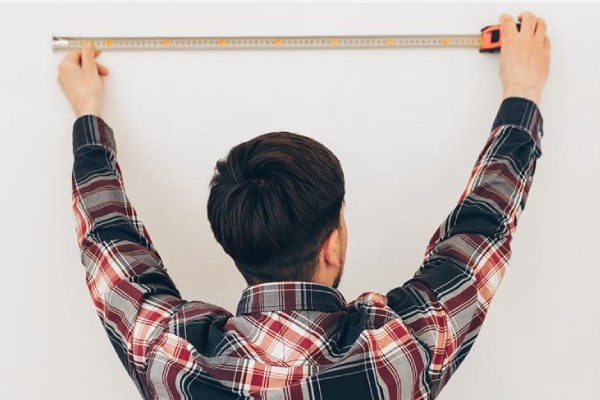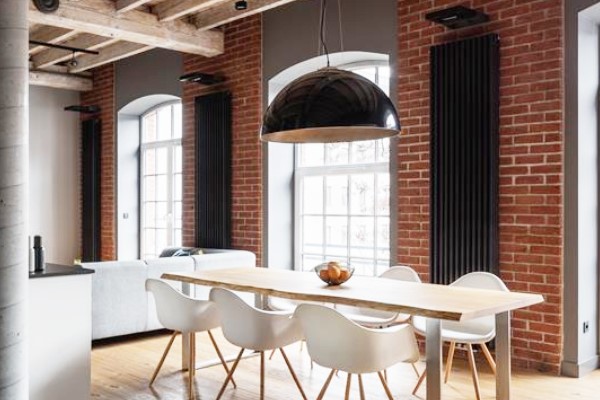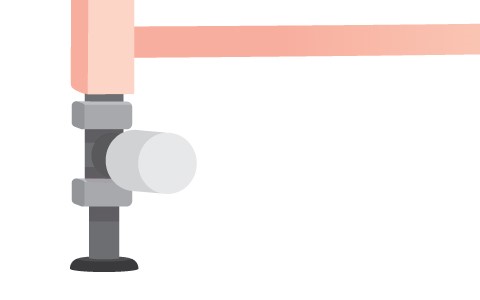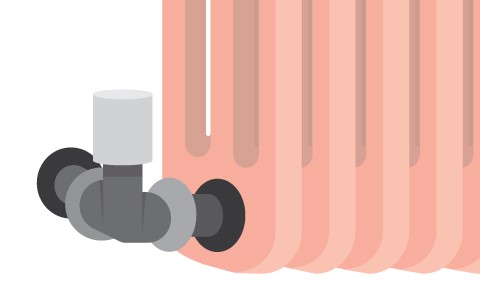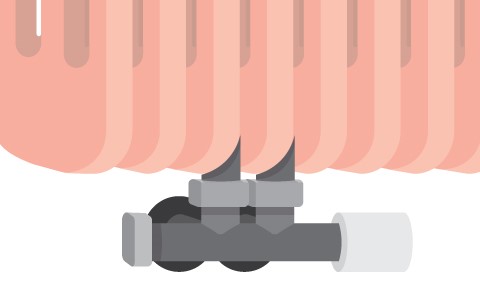How big is your room?
This is the best place to start. Knowing your room size tells you how much wall space you actually have for a radiator.
Plus, larger rooms naturally need more heating power (often measured in BTUs) to stay comfortably warm, especially in colder months. Smaller rooms need less.
As a rough guide: Big rooms often feel warmest with 2 or 3 well-placed radiators. A small room might only need 1 or 2 smaller radiators.









